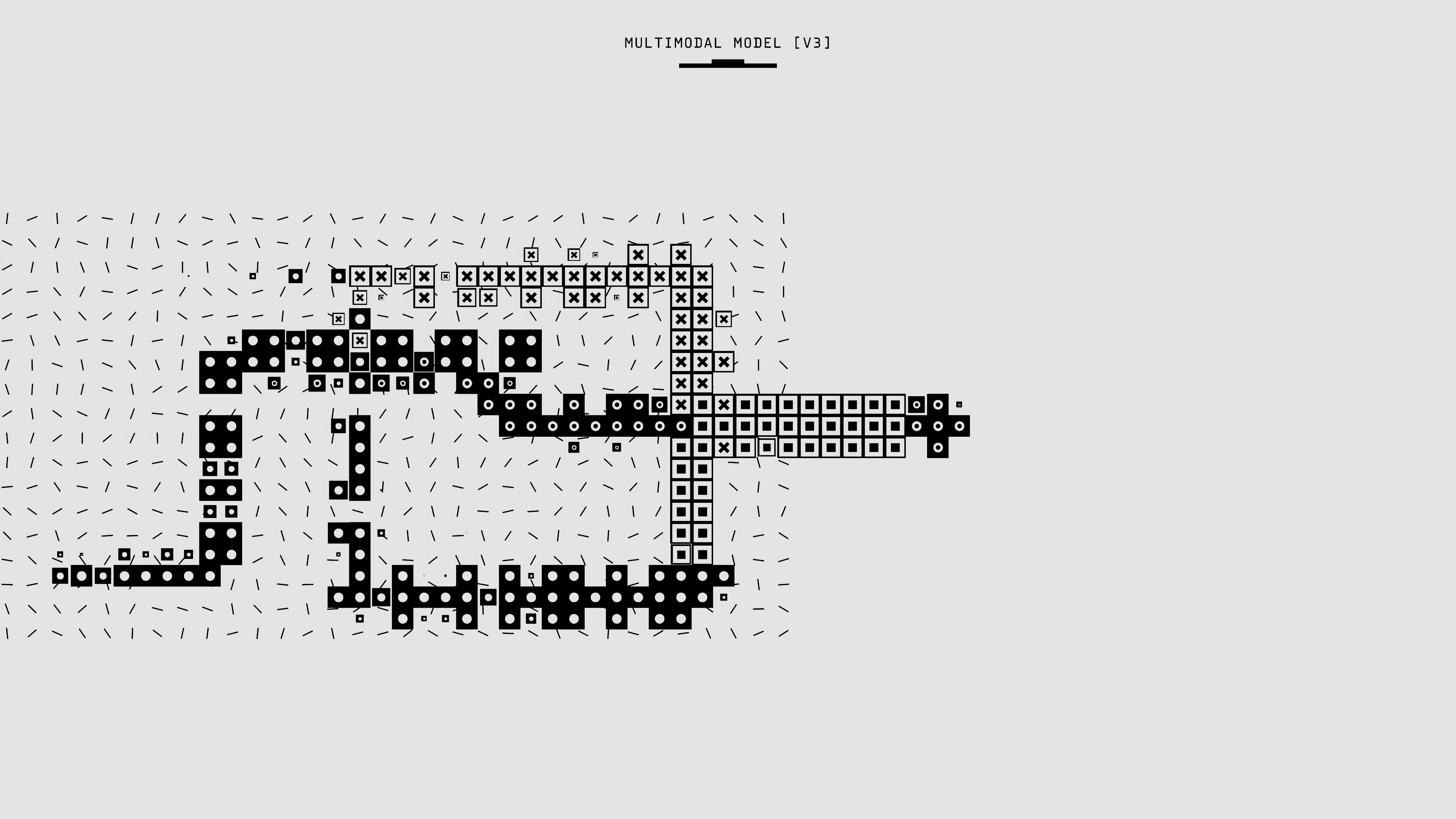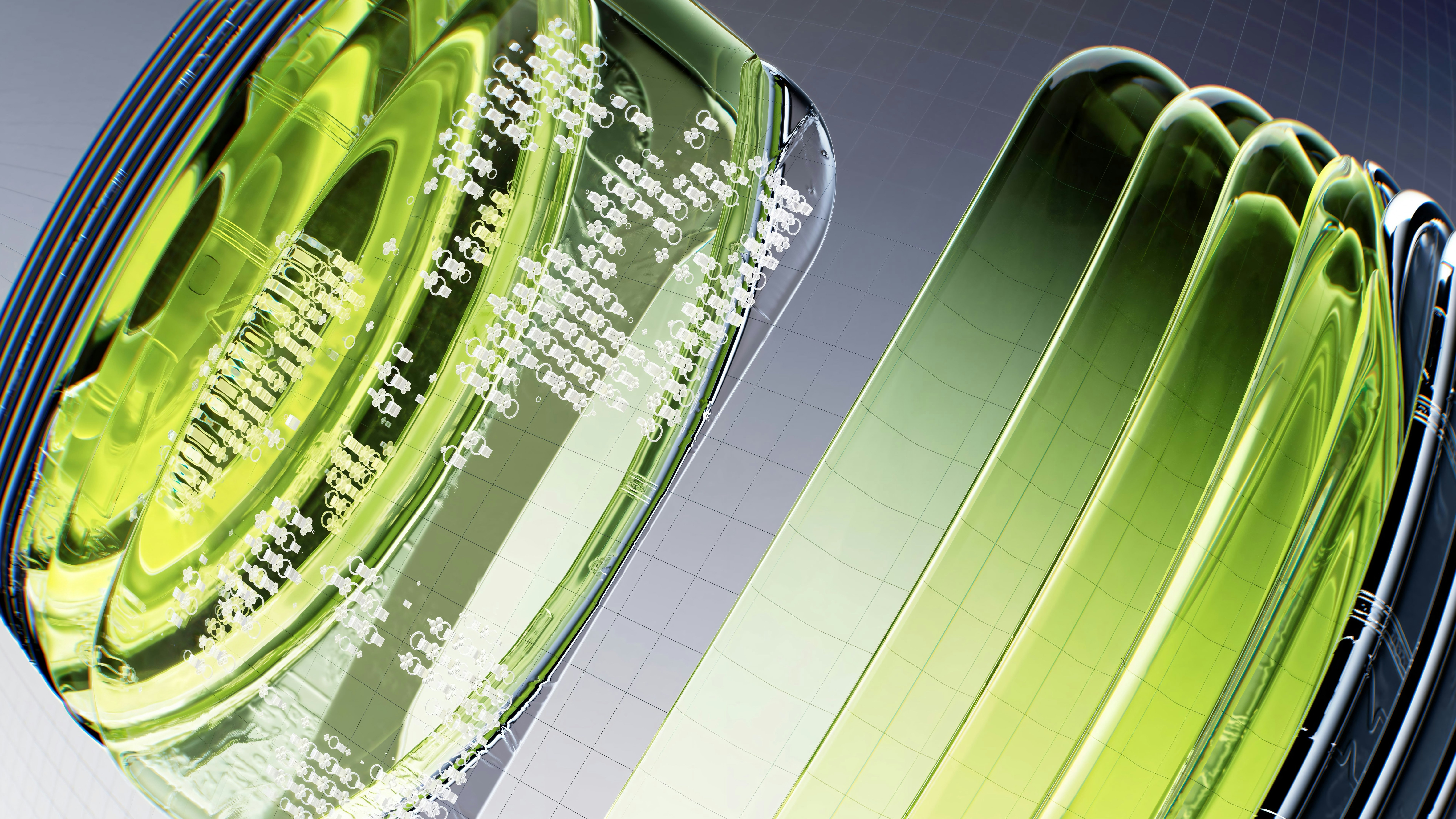General Presentation
Generative artificial intelligence today represents one of the most spectacular and structuring advances in modern AI. It refers to the set of techniques that enable a machine to produce new textual, visual, audio, or coded content based on an intention, a prompt, a context, or prior learning. AI no longer just predicts, classifies, or segments: it becomes a creator of value, a designer of cognitive objects, and an assistant to human intelligence.
At NeuriaLabs, we mobilize this technology in a responsible, precise, and controlled manner to enhance the creative, analytical, and decision-making capabilities of our clients while ensuring the ethics, reliability, and effective utility of the generated content.
Applications of Generative AI
Our generative AI systems are structured around four major functional families:
1. Text Generation
Ability to automatically produce coherent, targeted, and informative texts from natural language instructions. This includes generating reports, emails, product descriptions, documentary summaries, contextual responses to client requests, or editorial content. These models rely on LLM (Large Language Models) architectures, trained on multilingual and sector-specific corpora.
2. Image and Visual Content Generation
Production of synthetic images, illustrations, realistic or stylized photographs, infographics, or 3D scenes, based on descriptive texts, sketches, or visual examples. These systems are based on diffusion techniques, GANs (Generative Adversarial Networks), or multimodal models integrating vision and language.
3. Voice Generation and Audio Processing
Advanced voice synthesis (text-to-speech), voice cloning, generation of natural dialogues, automated voice translation, or enhancement of sound quality. These models enable the deployment of talking interfaces, voice assistants, immersive training, or personalized services accessible to all profiles.
4. Programming Generation and Assistance
Automatic or semi-automatic production of computer code, software development assistance, detection of logical errors, proposal of contextual completions, or generation of technical documentation. These tools greatly increase the productivity of IT teams and reduce the risks of human errors.
Technologies and Models Used
NeuriaLabs integrates and adapts the most efficient models on the market while developing proprietary configurations when business sensitivity or data sovereignty requires it.
We notably master:
• Large language models: GPT, Claude, LLaMA, Mistral, Falcon, T5, OPT, fine-tuned according to sectoral datasets (legal, medical, administrative, etc.)
• Image diffusion models: Stable Diffusion, DALL·E, Midjourney-like, DreamBooth, ControlNet
• Voice models: Tacotron, FastSpeech, Whisper, VALL-E, Voicebox
• Code models: Codex, StarCoder, Code LLaMA, AlphaCode, PolyCoder
We place great importance on selecting and configuring architectures based on their robustness, explainability, adaptability to client constraints, and compatibility with the principles of algorithmic transparency.






